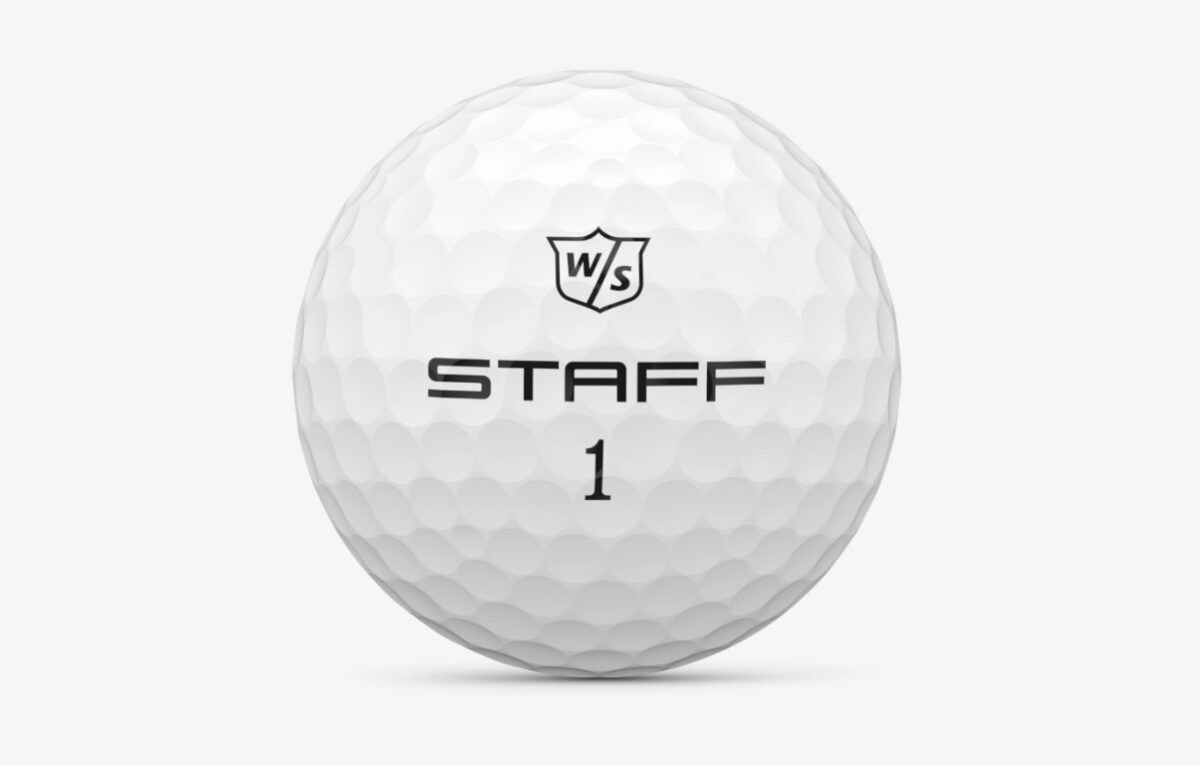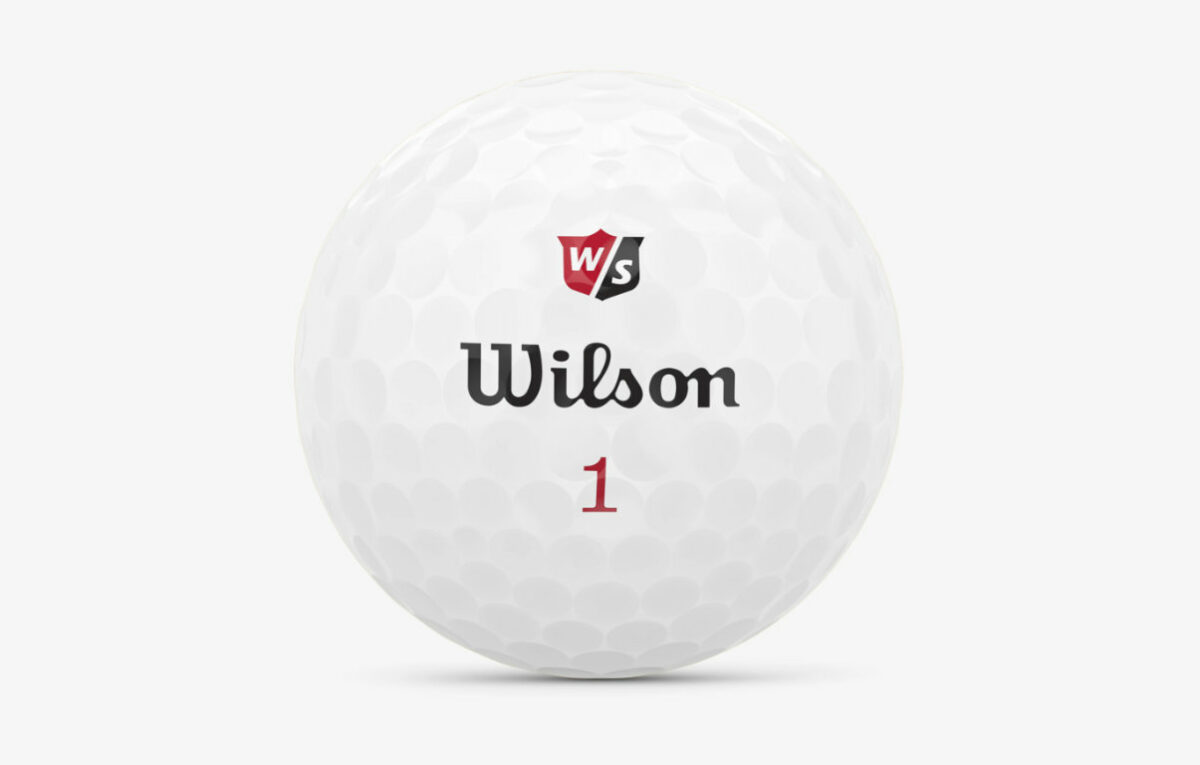Do Any Pro Golfers Use Wilson Golf Balls?
Wilson is one of the most iconic brands in golf, tracing its roots all the way back to 1914.
Generations of players have used classic Wilson equipment like Staff irons, Ultra woods, and Blade putters. But today Wilson focuses R&D primarily on recreational gear.
This shift leaves many golfers wondering – do any professionals still play Wilson equipment?
Specifically, does Wilson have any presence left on elite pro tours when it comes to golf balls? Let’s examine Wilson’s current spot in the competitive ball market.

Wilson Golf Ball Lineup
While renowned for irons and blades decades ago, Wilson’s modern ball lineup focuses on the value-minded amateur:
- Wilson Duo Optix – Matte finish distance ball with an ionomer cover.
- Wilson Duo Soft+ – Softer premium ionomer ball.
- Wilson Duo Soft – 50 compression two-piece distance ball.
- Wilson Staff Fifty Elite – 50 compression softest option.
- Wilson Harmonized – Super low-cost beginner ball.
There are no premium tour-level balls with urethane covers to attract pros. Wilson targets the recreational mainstream.
Wilson’s Decline in Pro Golf
Wilson enjoyed prominent professional usage and validation years ago:
- Iconic pros like Arnold Palmer, Walter Hagen, Ben Hogan, and Sam Snead all played Wilson irons and woods.
- Wilson Staff players won dozens of major championships over the 20th century.
- Rory McIlroy used Wilson irons early in his pro career.
But since the mid-2000s, Wilson has faded from elite tour usage and visibility.
Lack of Current Tour Usage
Wilson at present lacks any significant adoption on professional tours:
- No current PGA Tour players endorse Wilson balls or have full Wilson equipment contracts.
- You almost never see Wilson balls or clubs in use week-to-week on TV outside of pro-ams.
- No presence among endorsers on the LPGA, Champions, or Korn Ferry tours either.
Without tour usage, recreational players lack the motivation to try Wilson over the more visible competition.
Why Did Wilson’s Tour Presence Decline?
A few factors led to Wilson disappearing from professional tours since the 2000s:
- Lack of investment in tour player contracts and high-level R&D spending overall.
- Minimal innovation in manufacturing and golf ball materials compared to rivals.
- Design focus on recreational amateurs over developing new tour-level gear.
- Neglecting tour validation is needed to drive brand appeal and sales.
Wilson chose to steer resources toward mainstream club and ball products rather than tour excellence.
Wilson Ball Performance Capabilities
Wilson’s current golf ball lineup simply doesn’t compete technologically with tour-caliber Pro V1s and TP5s in elite player metrics:
- Multi-piece urethane-covered tour balls generate mid-level iron and driver spin profiles.
- Wilson’s ionomer-covered two-piece distance balls maximize launch and minimize spin by design.
- Leading tour balls have precisely engineered dimple profiles to optimize sustained velocity given attack angles.
- Wilson dimple patterns aim to reduce drag in general, not match specific player profiles.
- Advanced multi-layer tour ball cores activate precise energy transfer at high and low compression.
- Wilson’s large rubber cores focus on maximum compression across all impacts.
There are distinct performance gaps between Wilson’s recreational constructions versus tour standards.
Scenarios Where Wilson Works
While Wilson balls don’t meet tour caliber standards, they offer benefits for average amateur players:
- Beginners who lose a lot of balls will appreciate the value pricing.
- Seniors and slower swing speed players are aided by extremely high launch and soft feel.
- The matte coating provides excellent durability for the price.
- Vibrant colors like orange please kids learning the game.
While tour usage is absent, Wilson still delivers performances that recreational players will appreciate.

If Wilson Invested in Tour Tech
Given Wilson’s brand equity, they could regain tour presence through strategic investments:
- Engineer new multi-layer ball constructions targeting tour spin, feel, and speed standards.
- Expand tour staff and contracts to get new balls in play on pro tours for validation.
- Refocus R&D specifically on meeting the needs of tour players first.
- Create shot tracing relationships to precisely dial in ball flight.
- Commit marketing budget back into tour player exposure opportunities rather than rec golf.
With a year or two of intense focus on tour-specific products and promotion, Wilson could restart their professional ball legacy.
Are Tour Pros Too Doubtful of Wilson?
Some golf analysts argue tour players irrationally overlook Wilson’s capabilities:
- Current recreational balls likely perform closer to tour standards than perception suggests.
- If blind testing matched models, Wilson may rate surprisingly close.
- Tour pros feel allegiance to incumbents who sponsor them.
- Wilson recreational association carries stigma.
But lacking tour caliber urethane covers severely handicaps Wilson vs. the Pro V1. Their tour gap likely persists.
Best Wilson Ball for Low Handicappers
While far off the standards of Pro V1, better amateurs seeking maximum Wilson performance should consider:
- Duo Optix – Matte finish minimizes visual distraction. Firmer feel from the ionomer cover.
- Duo Soft+ – Thinner ionomer cover enhances short game a bit over other models.
- Harmonized – Most affordable option for maximizing budget without sacrificing quality.
No current Wilson model fully satisfies better player needs. But these provide the closest proximity.
Partnering with a Tour Player Could Help
If Wilson signed even one recognizable PGA Tour player to an endorsement deal and got them to play a Wilson ball, it may provide a halo effect resuscitating broader brand appeal.
Players who could align with Wilson’s brand identity include:
- Rickie Fowler – Always been a fan of logo redesigns and new product concepts.
- Maverick McNealy – Young, Ivy League golfer presents a modernized image.
- Max Homa – Known for his everyman persona despite tour success.
- Jason Day – Would give Wilson an elite household name again.
While a stretch budgets-wise, the right individual could catalyze tour re-adoption.
Conclusion
Wilson enjoyed prominent tour usage and validation for elite equipment like irons and blades through the mid-2000s.
But lack of continued innovation in manufacturing and materials, in addition to reallocating resources toward recreational balls and clubs, erased Wilson’s presence from professional tours over the past decade.
While still a trusted name for average players, Wilson lacks tour-caliber golf balls capable of competing with premium models like the Titleist Pro V1.
Significant engineering and marketing investment would be required to revive Wilson’s tour heritage. Barring such efforts, Wilson appears entrenched as an affordable mass-market brand rather than a tour leader when it comes to golf balls and equipment.
